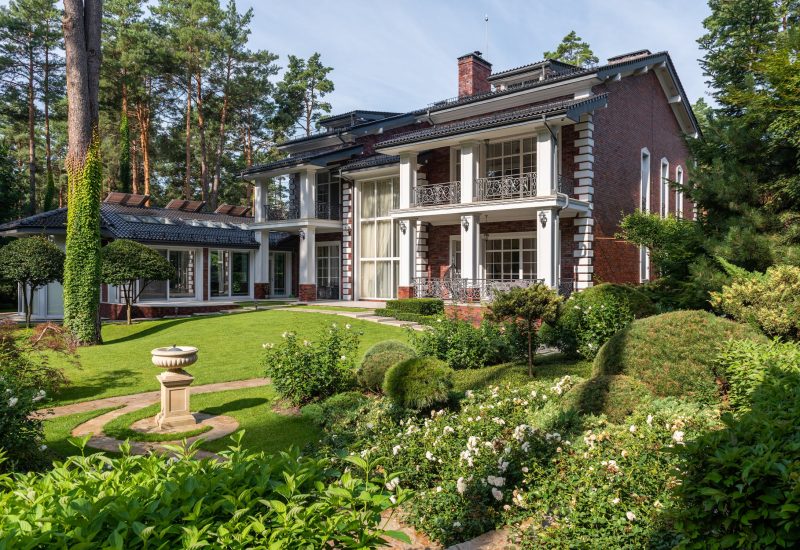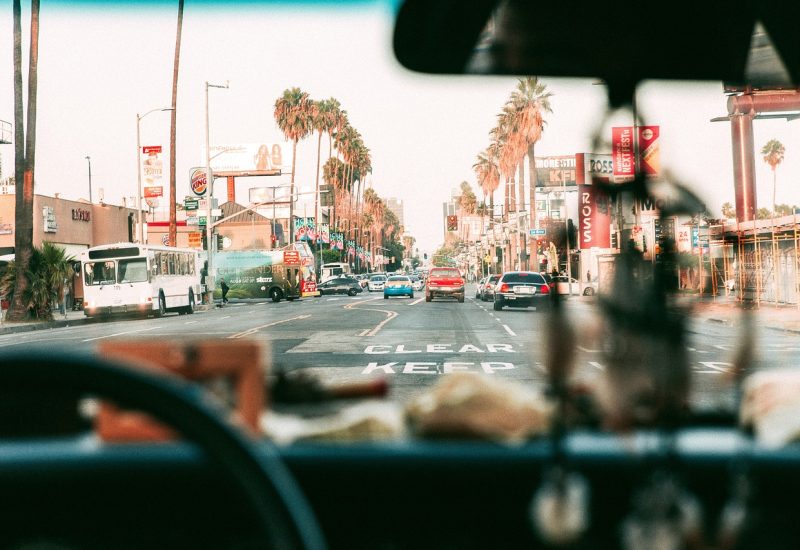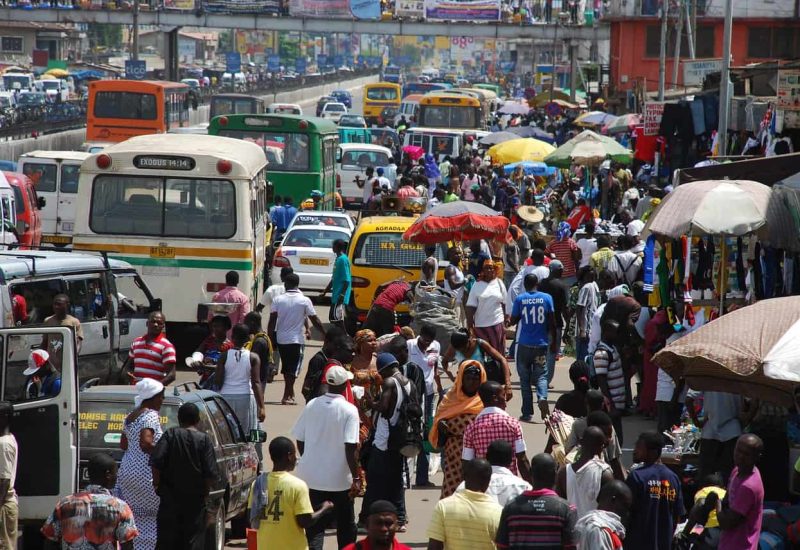Kalasatama is a living experiment where innovation seeks to help achieve a vision of carbon-neutrality by 2035.

A small smart city in Finland shows the way on sustainability
Kalasatama, a city on the outskirts of Helsinki, has been getting international attention – from Le Monde in France to CNN in the United States – as a “smart city” model. It is considered a living experiment meant to apply innovation to help achieve Finland’s vision of a carbon-neutral greater Helsinki by 2035.
Despite the world-stage spotlight, what’s really interesting about Kalasatama is what it’s like at home for the pioneers who live there and the policies that ensure the “smart city” definition puts quality of life first.
Nearly a third of all residents are engaged in the planning and projects for the city, and its leaders avoid the shiny-object data dazzle common in other cities. To get a project approved in Kalasatama, its backers must demonstrate how it contributes to freeing up an hour of time for its residents to spend on their lives. Some of that savings shows up in smart traffic systems, for example, but it’s the core value of all city development.
There are between 3,000 and 5,000 people living there now, with projections that the city will grow to 25,000 residents and 10,000 workers by 2025. In some ways, it’s futuristic but that future is evolving. Waste management is one example. No one living in Kalasatama is waiting for a trash truck or wheeling out the recycling bin anymore, because the entire community is connected to an underground air-tube system.
Residents sort their waste into five different streams – food waste, paper and plastic among them – and then take it to the above-ground tube portal located on each block. The system whisks trash away at 70 kilometers per hour, taking it to a central processing facility for recycling or conversion to biogas.
Plastic collection started in January, and in the first four weeks the Kalasatama residents saved 1,220 kilograms. Greater Helsinki has had a landfill ban on organic waste since 2016, so food and plants are kept separate, and the Kalasatama vacuum tube makes it relatively simple to redirect it from the dump.
Kalasatama is intentionally designed as a pilot project, with renewable energy, a smart grid relying on Internet of Things technology, electric cars and the tech-driven traffic solutions to smooth the way. It’s one of a handful of districts that’s expected to drive more than half of Helsinki’s population growth, which is expected to reach 700,000 by 2025 and 860,000 in 2050. That’s compared with the 650,000 it has now.
Forum Virium is the city’s development company, and it partners with the City of Helsinki to nurture the possibilities in Kalasatama and the region. That’s done through the co-creation projects and partners, and it moves beyond the “smart city” devoted to urban planning and physical spaces that many think of. While the city has plenty of tech, it’s focused on the more holistic version.
The Get Home Safely project in the nearby community of Jätkäsaari is a perfect example, and in some ways a metaphor for what greater Helsinki is doing. Much of Jätkäsaari, like the experimental Kalasatama, is still under construction. Now an IoT-linked street lighting system is in development so that residents feel safe navigating a physical space that’s not finished – one that’s still a work in progress, in a future they can already see but that isn’t quite here yet.








